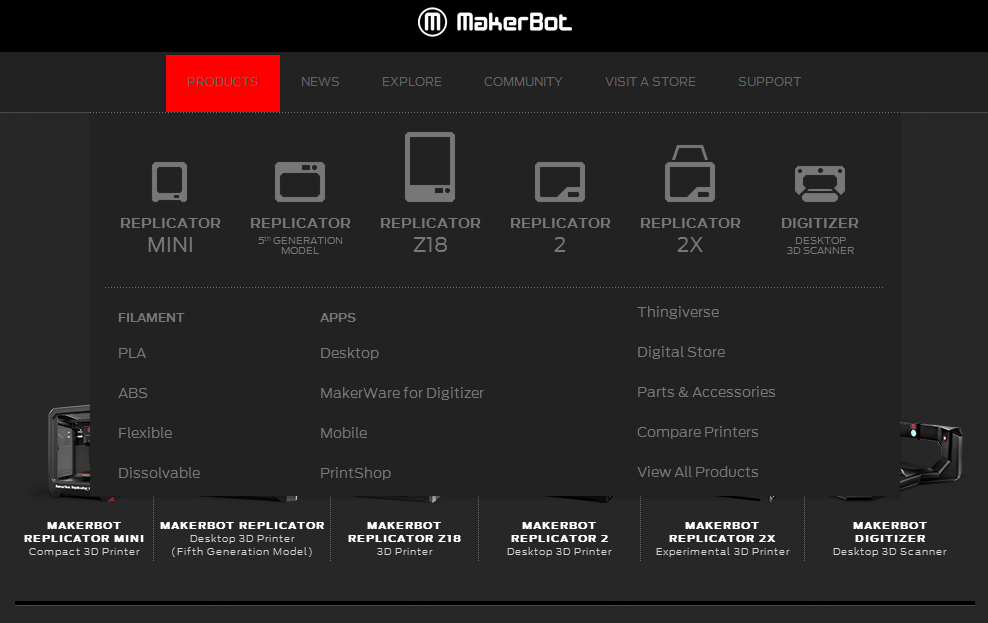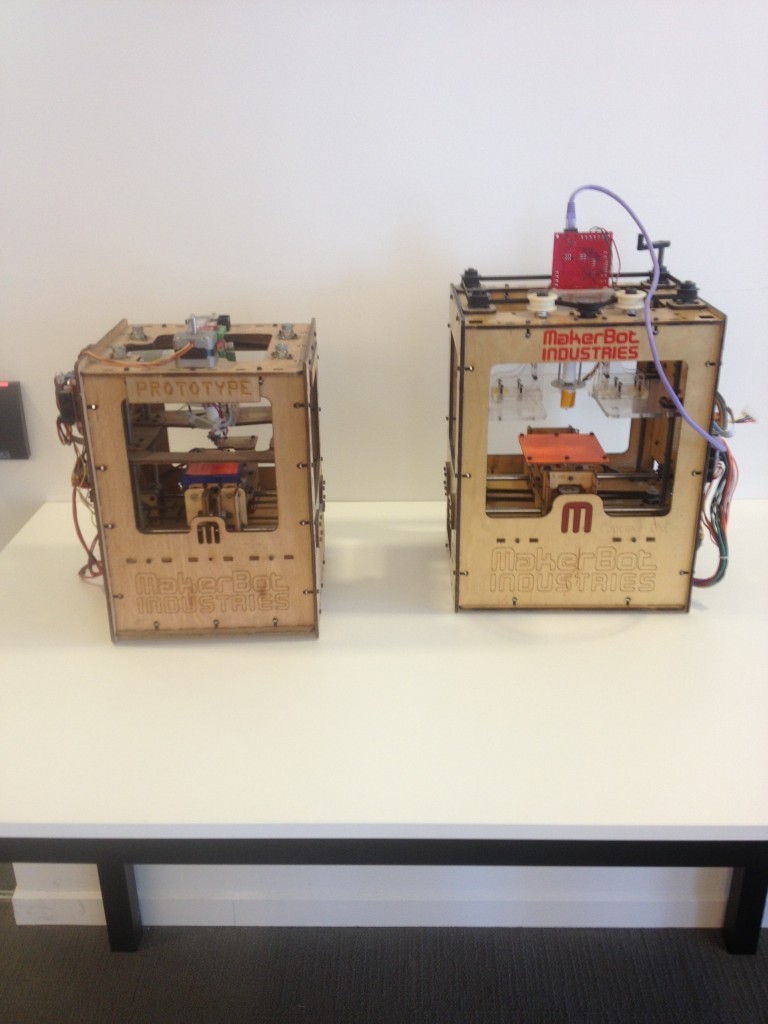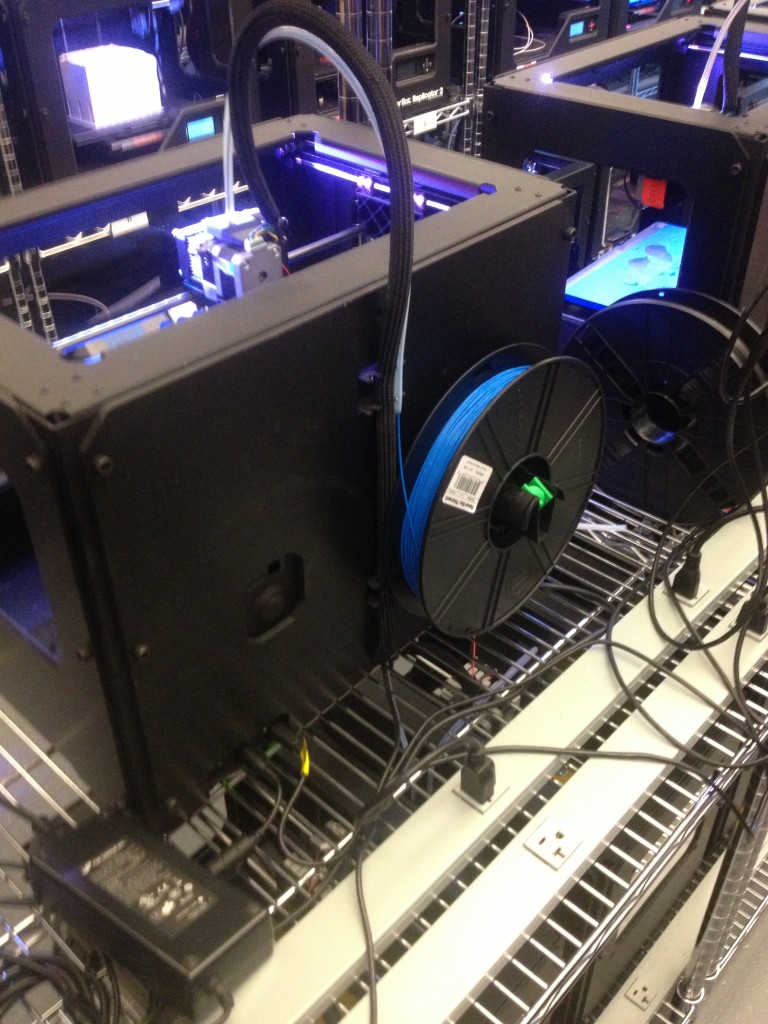Andreesen Horowitz recently syndicated an article written by Tren Griffin of 25iq.com. The topic was Product Market Fit, and Griffin does an outstanding job of detailing 12 important points, drawing quotes from some of Silicon Valley’s biggest names.
You should read the whole article here or here, but I’ve put together a quick 30 second synopsis. I highlighted some of the points that resonated with my personal experiences over years of marketing B2B and B2C products. I think it’s easy for many of us to forget some of these high-level concepts when we’re grinding it out in the weeds.
(Note: Bold headlines are my personal takeaways, and the quotes are straight from Griffin’s article.)
- The Market always wins. “When a great team meets a lousy market, market wins. When a lousy team meets a great market, market wins. When a great team meets a great market, something special happens.”
- All the marketing tactics in the world – pricing, branding, lead nurturing, content, etc – are useless if no one needs the product. “If you address a market that really wants your product — if the dogs are eating the dog food — then you can screw up almost everything in the company and you will succeed. Conversely, if you’re really good at execution but the dogs don’t want to eat the dog food, you have no chance of winning.”
- If you take your blinders off, you can usually know if you have a fit without looking at the numbers.“You can always feel when product/market fit isn’t happening. The customers aren’t quite getting value out of the product, word of mouth isn’t spreading, usage isn’t growing that fast, press reviews are kind of ‘blah’, the sales cycle takes too long, and lots of deals never close.”
- You have a product market fit if you don’t actually need to market the product. “You know you have fit if your product grows exponentially with no marketing. That is only possible if you have huge word of mouth. Word of mouth is only possible if you have delighted your customer.”
- The market will tell you when you have a product they want, not the other way around. “In a great market — a market with lots of real potential customers — the market pulls product out of the startup.”
- The “Idea” is 5% of the battle. You win when the idea you want to build evolves into the product the market wants to buy.“First to market seldom matters. Rather, first to product/market fit is almost always the long-term winner.”
- You never win at launch. You win when launch turns into scale. “Getting product right means finding product/market fit. It does not mean launching the product. It means getting to the point where the market accepts your product and wants more of it.”
I’m sure everyone will takeaway something different from Griffin’s article. Give it a read and let me know what you think.





